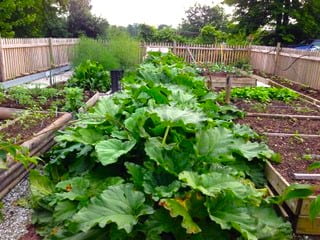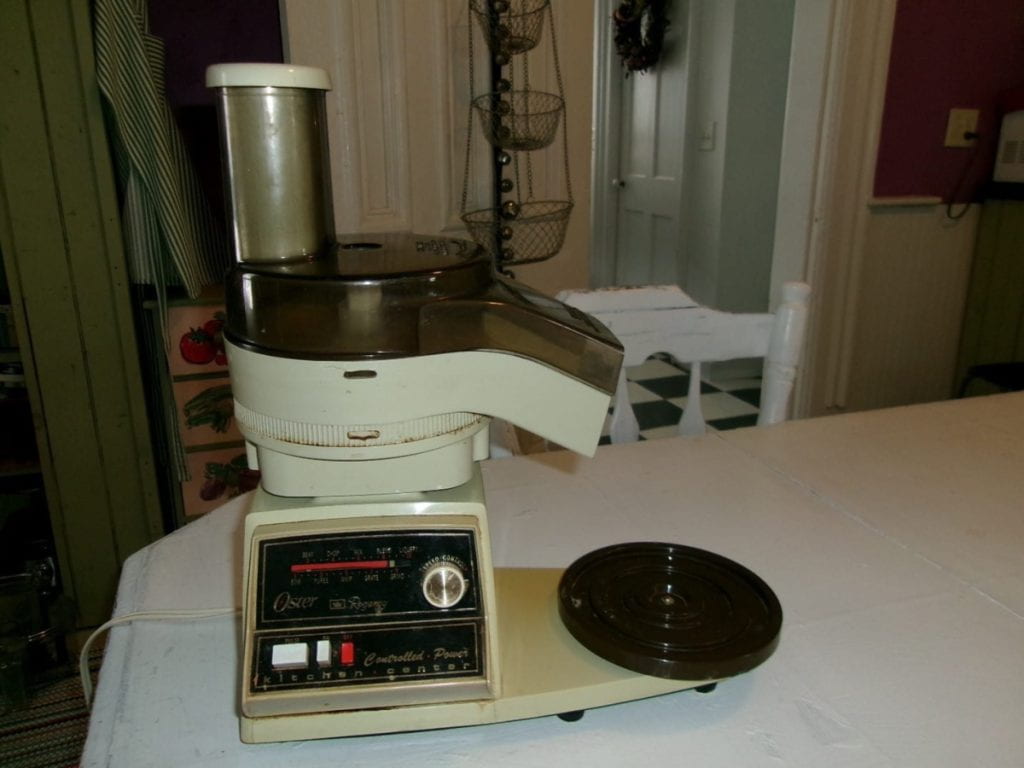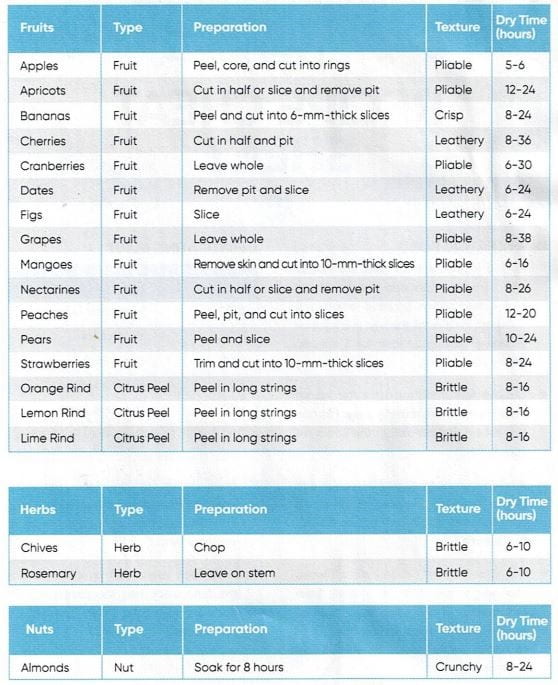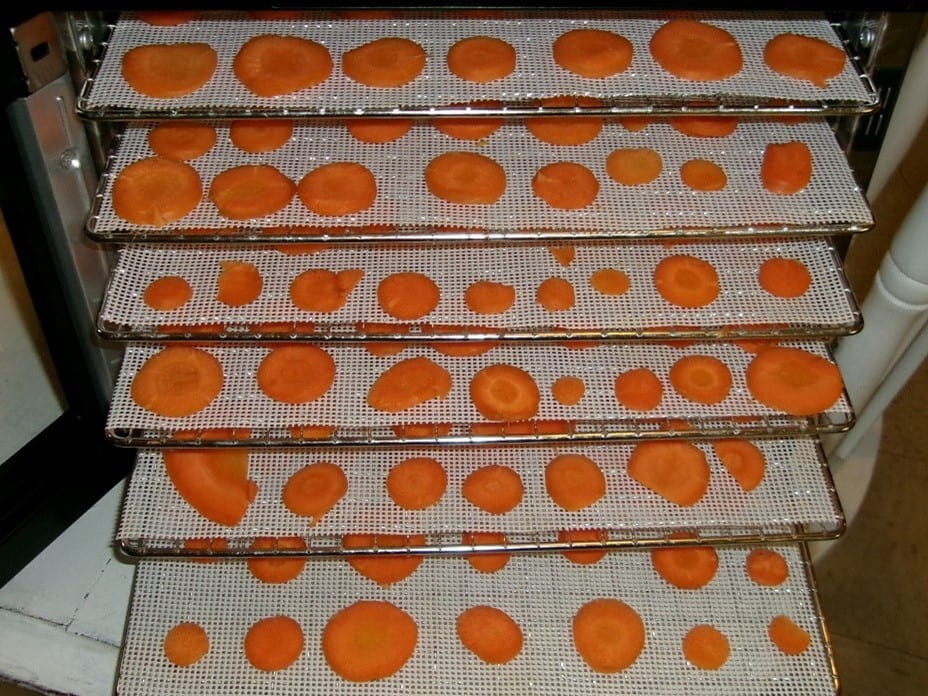With a new cohort of Master Gardener Volunteers beginning to serve their community, we’d like to introduce them (AND YOU!) to the group of MGVs who have sustained this program for the last several years. Meet Loni Recker!
What is your gardening background?
I was born into a gardening family. I can still remember my great-grandmother’s beautiful gardens. My grandmother and mother carried on the tradition and my father is an amazing gardener as well. I think gardening was decided for me and I’m thankful for that.

What benefits do you gain from gardening?
I love puttering, propagating, and tending so gardening is a natural avenue for all of those activities. I love meeting other gardeners and sharing plants, knowledge, and stories. I have a picket fence around a set of raised beds with paths. My garden shed door opens into the garden on the opposite side of the entrance gate. There is a string of lights surrounding that garden. When I open the gate, I feel as if I enter a special place that is separate from my realms of responsibility. I put away all thoughts of what I must do and allow myself to tend and cultivate as a form of deep relaxation.

Why did you want to become a Master Gardener Volunteer?
I get asked a lot of gardening questions and I felt I should make sure the answers I give are correct. Through my Master Gardener Volunteer (MGV) training in 2013 I gained knowledge and more importantly I was introduced to a wealth of trustworthy resources. I rely on those resources, on our ongoing educational meetings, as well as the abundance of knowledge of my MGV cohort.
In what ways do you serve as a MGV?
Though I often answer questions about gardens and plant identification, my real passion is the Ogdensburg Youth Garden Club, which I have led for 26 years. I use my teaching and gardening skills to engage children in all things to do with gardening and I know our club has changed the lives and trajectories of many students. One of our graduates gained a passion for horticulture through the years of participating in our youth group. He joined us in 3rd grade and left when he went to college eventually earning his PhD in horticulture.

We have graduates of the club who stay in touch and continue to support the program through financial donations and through volunteering. Gardening is an activity that can be performed intergenerationally, for personal enjoyment, to beautify a community, or professionally. It truly is boundless. I want children to be aware of that and to know they can cultivate beauty in their lives. Read more Meet Loni Recker, Master Gardener Volunteer






